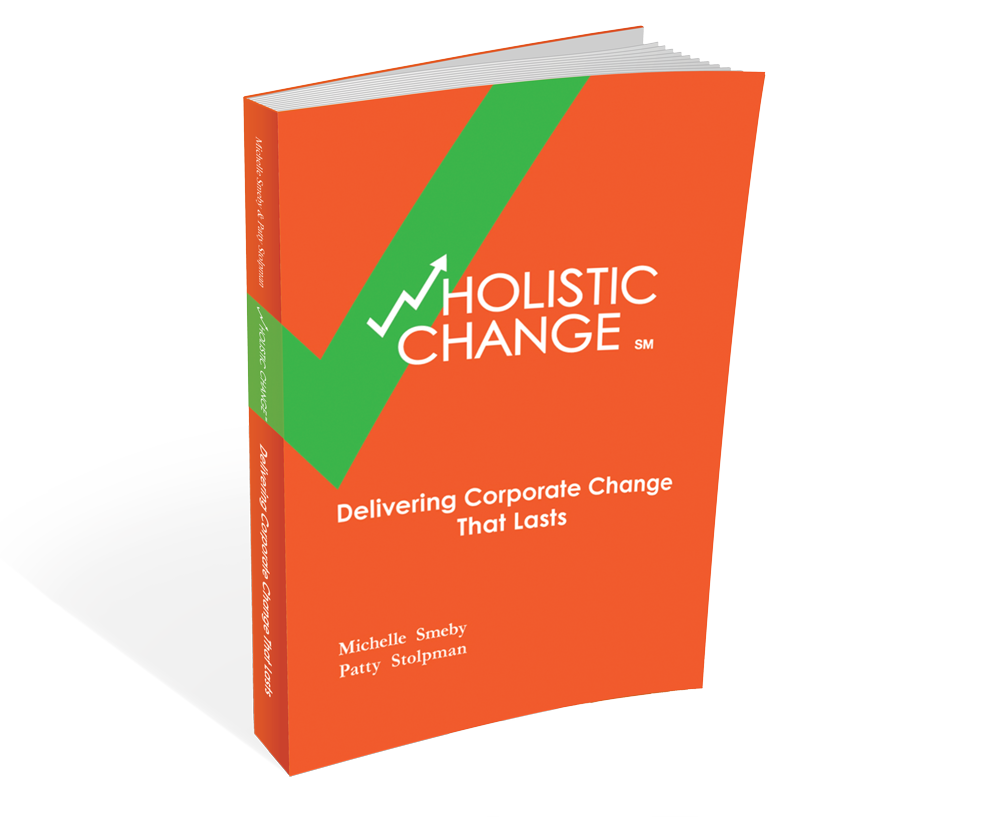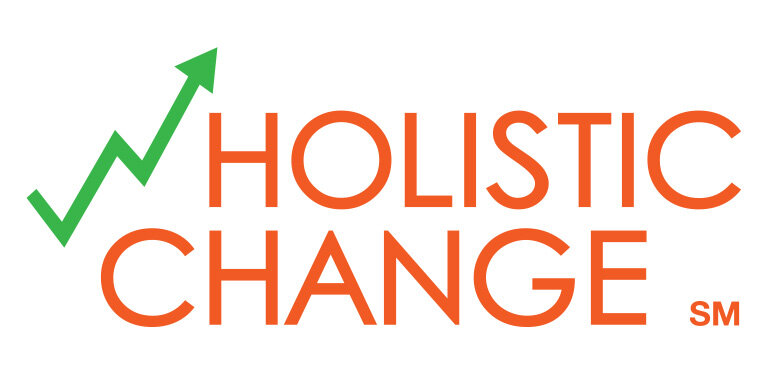Michelle and I focus on approaching change using a pragmatic execution framework. When we first started blogging, a lot of our posts were specific to an individual aspect of the framework. As we’re pulling our book together, (yes, it’s still in progress!), I thought it might be fun to put together a quick reference just to see how it would look.An important note about the whole framework is that it is iterative. The steps are laid out in an “everything is going according to plan” sequence from start to finish. But, whenever you need to re-plan, or change scope, or anything else, just pop back in at the step that needs work and go from there.wHolistic ChangeSM Framework:First – build your business case
Who is asking for the change, what is changing, why are you changing (ask why enough times to get to the real root cause), and what are the expected benefits and costs. As you’re defining success for your business case, you’re also defining how you’ll measure it. If the business case isn’t sound, STOP HERE.
Second – identify your sponsor(s)
If you don’t have a sponsor, STOP HERE.
Third – identify your stakeholders
Understand everything upstream and downstream from each point of change and quantify the services, products, people, processes, and technology that will be impacted. This includes stakeholders both internal and external to your organization. This effort also gives you a current state definition.
Fourth – identify your change team
From the impacted stakeholder groups, identify the right people to be on the change team, tap them for specific roles, and train them so that they know what is expected of the role.
Fifth – plan the change deployment
Find out what else is going on in the organization at the same time – are there other changes that you need to coordinate with, either as a joint deployment or as a dependency.
Define the future state – what is the vision for what the organization looks like after the change is implemented, and what new services or products are available to your customers.
Use the current and future state definitions and figure out the actions needed to get to future, by each impacted stakeholder, within a services / people / process / technology paradigm.
Lay out a change roadmap and identify if each stakeholder has the capacity to meet the roadmap, without being overloaded. Adjust the deployment plan and scope of the change where necessary after seeing what the roadmap looks like, and understanding if you have the needed budget, time, and people resources to meet the scope.
Make sure that the roadmap includes the end customer as a stakeholder. Impacts need to be laid out and communicated to the customers, with enough advance notice so that they can do what needs to be done on their end to accommodate the new or changed service / product.
The roadmap also needs to reflect timing needed to get people trained / hired, get new processes in place, and get any new technology and infrastructure in place.
Sixth – execute the change
While the change is being established, use your defined indicators to understand if you’re reaching your goal, adjust where needed, and communicate to the world about progress, successes and failure.
Seventh – move to full operations and continuous improvement
The planned change is complete. Make sure that peer groups, mentoring, support systems, and the continuous improvement feedback loop and processes are in place, and that everybody knows how to use them.
Take a moment to celebrate! And, you’re ready to move on and tackle the next change effort!

